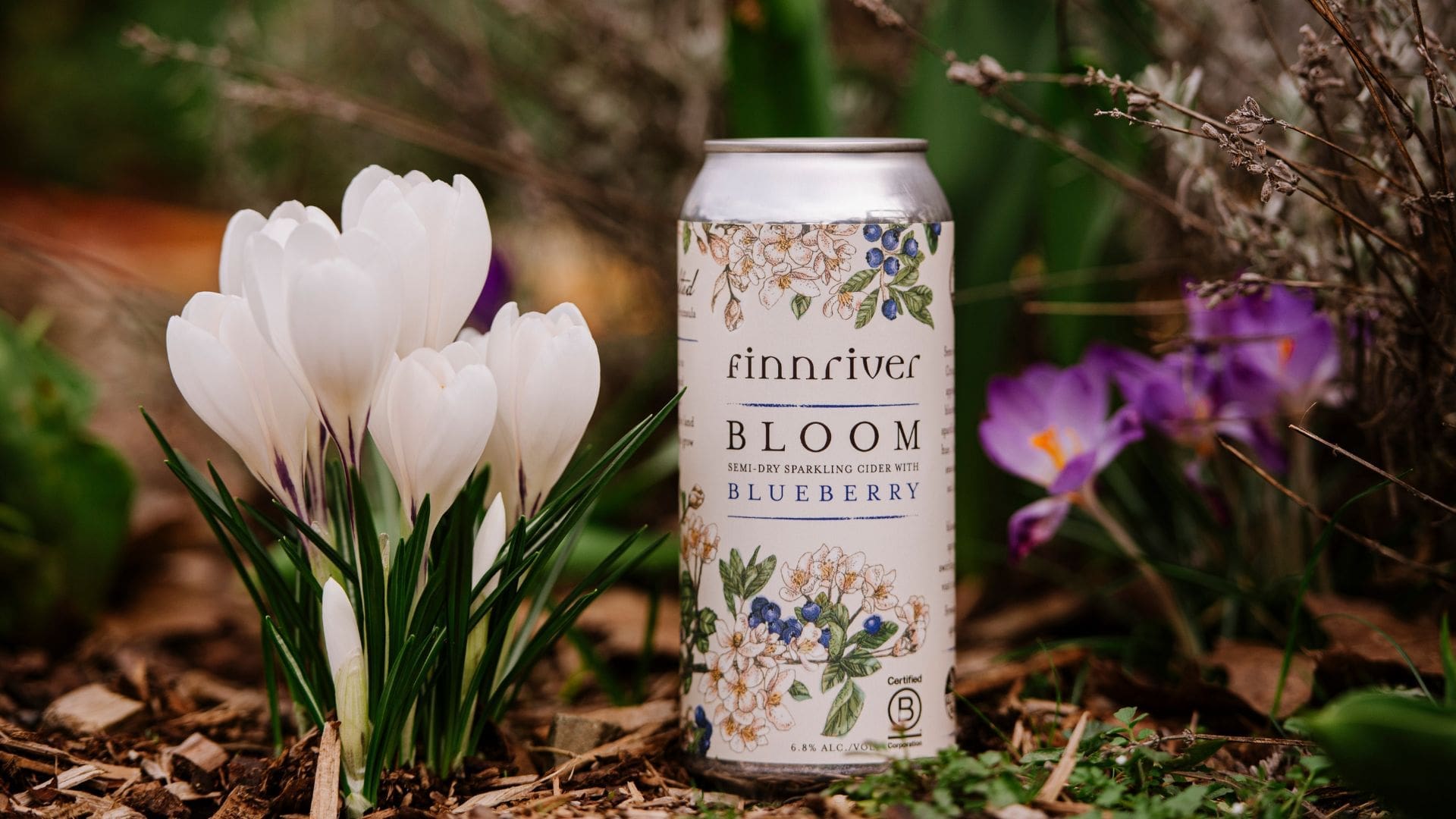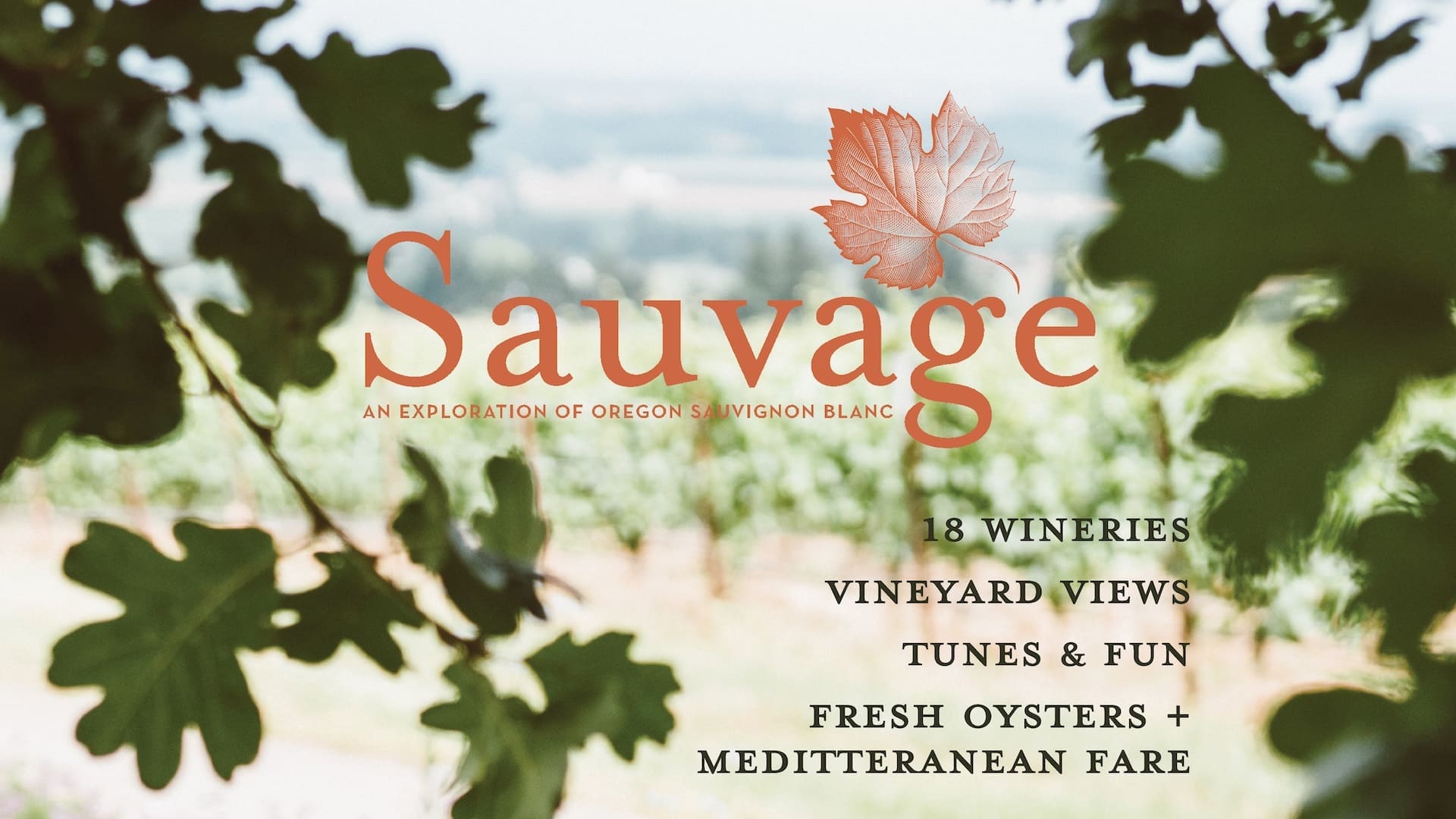Washington State is the largest producer of apples in the nation, so it’s no surprise that hard cider has taken off as the flourishing craft industry to watch. Year over year, hard cider sales across the United States are leaping up (sales increased by 89 percent in 2013) and crowds are flocking to sip this fruit-forward, fermented libation. While the revival of this vintage craft means good things for the glass, cider does wonders on the plate.
Traditionally, cider is made predominantly with cider varieties—knobby, tart fruits that are packed with tannins and not typically nice for eating. There are hundreds of varieties of culinary apples cultivated in the Northwest and more cider varietals being planted (sweets, bittersweets and bittersharps) every year. Cideries often blend the juices of both culinary and cider varieties, pulling from the vast array of flavor profiles offered.
Ciders sweep a spectrum of flavors and styles, ranging from light, dry and effervescent through funky, yeasty and possessing a redolent apple flavor. Many local producers are further infusing their ciders with supplements like fruit and hops, like Red Tank Cider Co.’s Mountain Raspberry cider or Tieton Cider Work’s Dry Hopped which impart a subtle shift in flavor. Whether unadulterated fruit or imbued with aromatics, all of this amounts to inspiration in the kitchen.
Introducing a yeasty and apple-like quality to food and in the case of batters and doughs, cider works to lighten the weight of the flour and also offers an earthy quality to the mix, much like you’d find in a sourdough starter. “I like hard cider that is crisp and fresh for our apple fritters,” says chef Stephanie Thornton who runs the kitchen at Blue Star Donuts in Portland. “We don’t cook it, so the flavor is subtle and doesn’t mask the raisins and spices in the fritter.” Added to donuts, pancakes, crepes or baked breads, cider can take the place of any other liquid used. We often find recipes calling for beer, which also adds an earthy flavor, but can easily be substituted with cider lending a slightly sweeter bite.
While using apples for sweet recipes is a no-brainer, it is equally appealing to use apples in savory preparations. Chef and owner Jim Drohman of Le Pichet in Seattle summarizes why he loves to cook with hard cider. “When I drink a glass of hard cider I taste, first and foremost, the flavor of sweet, fresh apples,” he says. They are “sweet but with vibrant acidity that keeps it fresh.” And while a slight sweetness is an appealing counterpart to meals, the bittersweet components are often more compelling. “Behind that, there is a tough, tannic flavor of very ripe apples [that has] flavors of leather, ripe fruit, wet leaves, earth and wood,” Drohman says.
This complexity adds to dishes across many iterations of cooking. Drohman uses cider in a country-style soup with white beans and pork belly or as a cider-cream sauce to finish pork chops. He says he likes to make a creamy gratin of cabbage, chestnuts and cauliflower, and flavor his béchamel with a reduction of hard cider. The drink may also be used in braises, the inherent slightly sweet earthiness compliments gamey meats like duck or beef short ribs.
For the crafty homemaker, cider is also a natural partner in preservation. The drink is made by fermenting apples, wherein their sugars get converted to alcohol—a similar process for making apple cider vinegar. Leaving a bottle of hard cider uncovered on the counter will eventually result in homemade apple cider vinegar. Some chefs have noted the relationship and use the two products in tandem to up the flavor of their dishes. “We like using hard cider in place of wine—it has a fruitier flavor that makes sense in many of the dishes we cook,” notes chef Gabriel Rucker of Le Pigeon in Portland, known for their dedication to cooking game and unusual proteins. There, the kitchen recently combined hard cider with apple cider vinegar in brine that was then used to soak pears. The pickled pears were sliced and served alongside smoked celery root and veal—the earthy tang cutting through the intensely flavored meat.
Whether sweet or savory, consider using cider as an ingredient that effortlessly adds flavor to meals. With end-of-winter root vegetables that beg for a bit of boosting, cider is an excellent partner with an array of pungency in each bottle, perfect for cooking with as spring begins. Thankfully, with the growth of cider out-pacing beer, we have more and more bottles to choose from every year.
This story originally ran in the spring print issue of Sip Northwest. To subscribe and read this story in full, click here.











